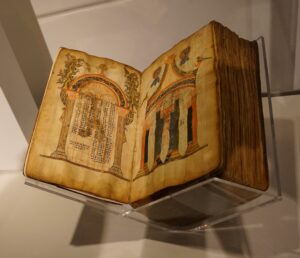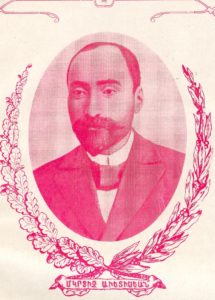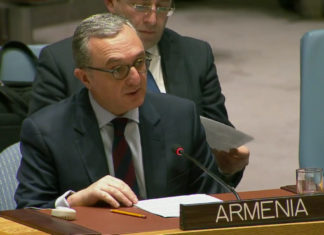Van, 1861 – Surp Partoghimeos, June 10, 1896
Childhood
He was born in 1861 in Van. He received his elementary education in the parish school of Hangoysner. Afterwards, in 1879 he entered the Normal School (varzhabedanots) founded by the Araradian Society in Van, the principal of which was Mgrdich Portukalian. Unfortunately, this educational center only lasted one year. In 1880, Portukalian, with the aid of Van prelate Khrimian Hayrig and Gosdantin Gamsaragan, the Russian vice-consul of Van, founded the Haygazean Central School where Mgrdich Terlemezian continued his education, fortunately, under the supervision of Kalusd Aslanian.
Mgrdich, reared in the Armenian national, patriotic and revolutionary spirit of Portukalian, successfully graduated the intermediate section of the Central School, having fully mastered the Armenian, Turkish and French languages.










